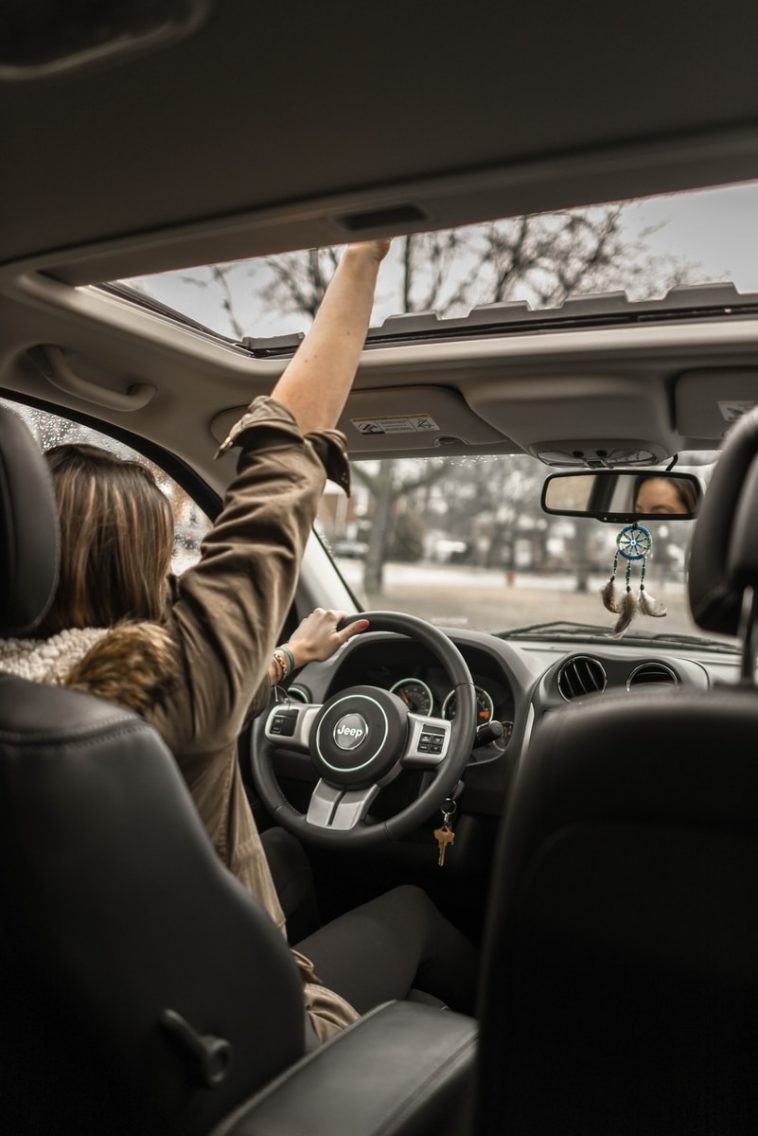I’ve been driving for more than 50 years, and 95 percent of the time I’ve been in a vehicle I have been behind the wheel. I can handle a car or truck well, with a good feel for the machine and the road. I watch out for danger from other vehicle operators, and I cuss like Hell at the fools who clutter the highways.
About five years ago, I saw reports that autonomous vehicles, or self-driving cars, were about five years away. Today, the reports put that inevitable event farther in the future, maybe another 10 or 15 years. So I’ll still be the one who is responsible to get me and mine from here to there. I was so looking forward to getting in a pod on wheels, saying, “Take me to the Lookout for dinner,” and sitting back to enjoy the scenery I’ve never had a chance to enjoy.
When that day comes, and it will, the world will experience one of the biggest changes in history. The advent of the telephone in the late 19th Century revolutionized communication. Motorized vehicles appearing in the early 20th Century sped up but did not overwhelming change transportation. The technological advances from the mid-20th Century until now improved functionality and performance of existing concepts, but their biggest single societal change is the crick in the neck of people constantly staring at tiny screens to see pictures of what other people are having for lunch.
The predicted model for AV has a sweeping impact. One generally agreed upon concept is the widespread disappearance of individual ownership of cars. Instead, car makers will maintain fleets, and users will subscribe to services such as regular commuter rides to and from the workplace, plus weekly grocery runs. Add-ons will be logistically planned pick-ups for the soccer kids, music students and book clubs. Unplanned or irregular trips will be available through the kind of ridesharing we see with Uber and Lyft, except the car will drive itself.
I see some holes in this blue sky. Who thinks the American cowboy spirit will give up our individual turbo-charged ponies? There are parts of this county, like the entire states of Wyoming and Alaska, where a central pool of AVs is an unworkable notion. These are over-arching antitheses to the concept; many smaller nits can be picked in the Corinthian leather of the idea.
By and large, though, the AV change is gonna come. And it isn’t just that most people won’t own personal cars, and vehicles will drive themselves.
The automotive service industry will disappear. A limited amount of workers in this sector can transfer to fleet maintenance positions, working on more durable electric vehicles with fewer overall parts and tune-up needs. Parking garages, referred to as “ramps” in the North Central U.S., might be converted to fleet hubs. Despite occupying convenient metropolitan locations, converting such structures to office or residential use isn’t economically viable.
Those vast lots where chunks of iron sit year-round through all kinds of weather are other candidates for fleet headquarters, since there will no longer be any auto sales. They do merit some consideration in the transition because of their connection to the car makers.
Because commuters will be dropped off and picked up, what becomes of the patches of asphalt outside many workplaces? Similarly, every home’s garage can now serve as a primary storage space, if it isn’t already. What impact will this have on the storage facilities that have blossomed behind every American’s’ need to possess more than we can use? And let us imagine the streets in so many older cities suddenly made wide by the absence of parked cars along the curb on either side.
Three years ago I took an older driver’s safety course, where we were told that kids born “today” would never drive a car. Oh, that teenage rite of passage dissolved into the mist of history! Will autonomous vehicles have back seats roomy enough for canoodling? Will the car’s AI sense pheromones and issue alerts to behave?
The one thing we know for sure is that no matter how long it takes before AVs permanently alter and dominate the traffic scene, governments will be unprepared for the changeover. The evaporation of job markets, drastic reductions in revenue through decreased registrations, and the elimination of a common form of personal identification will be handled with the chaos that underscores all government reaction to change. The up side is no more waiting in endless lines at the DMV, because there is no more DMV.
I am eager to observe the transformation. I might call an AV just to enjoy the experience of being a passenger. I want to see what becomes of parking lots. And I will be relieved by the elimination of drunk drivers on the road. All that will remain is to hop into transportation’s next wave – the flying car!
But whether this happened sooner or later isn’t a big deal. I mean, I’m not going to let it drive me crazy.






 and
and